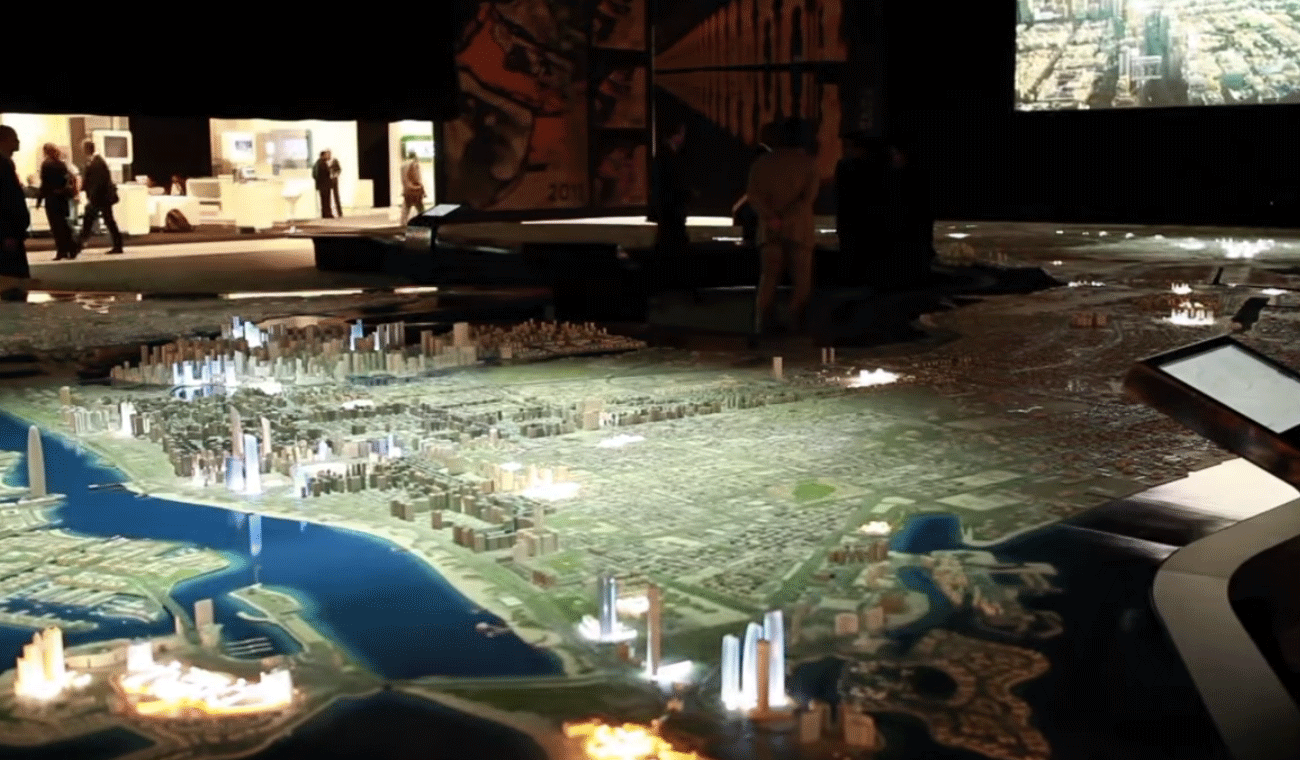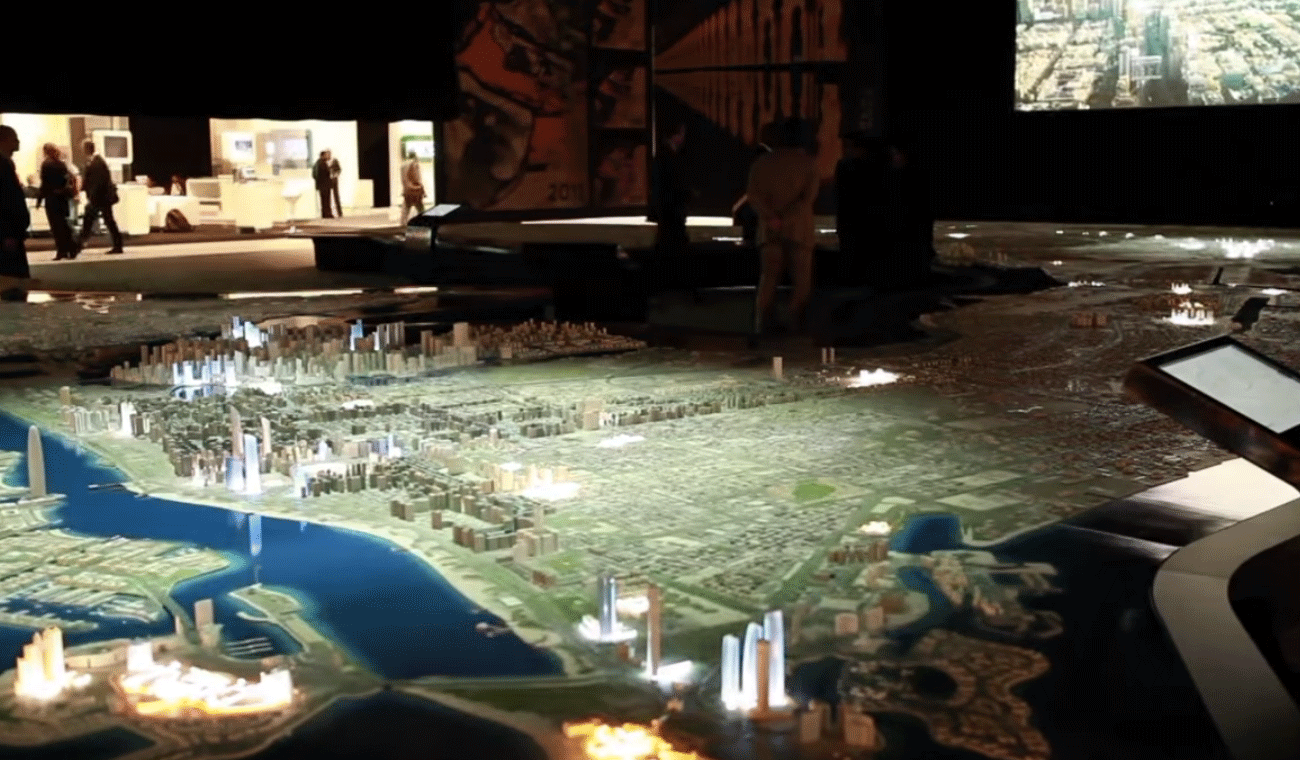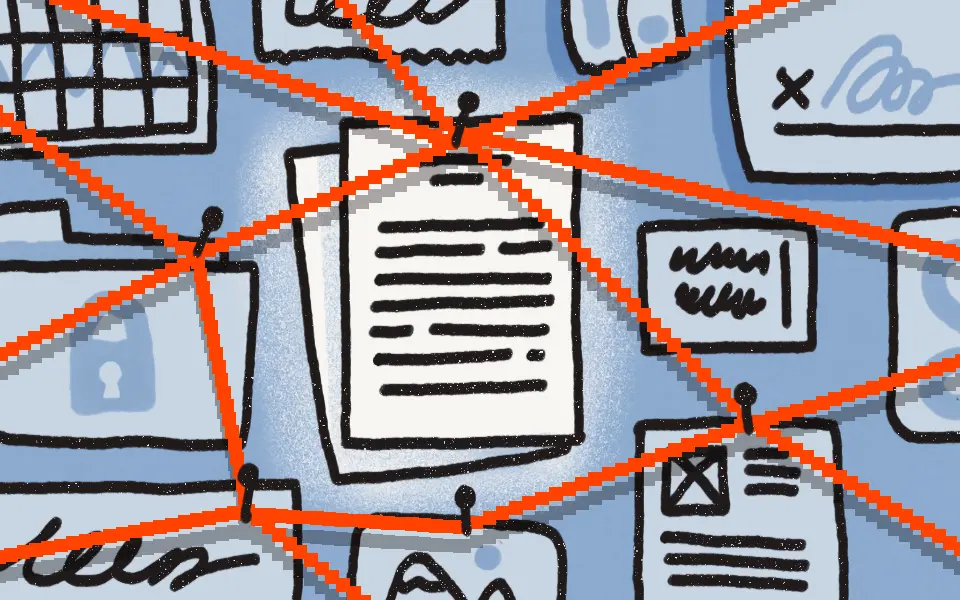
Architecture design comes to life with help from Pipers and Dropbox for Business
Published on January 27, 2015
What does it take to bring a vision to life? When it comes to building new parks, skyscrapers, city squares, transportation centers, or anything else that's in the works, there's a powerful tool for sharing that vision with the world.
That tool is architectural models. Pipers Design, an international design studio based in London, helps architects and developers turn ideas into reality. They build physical models, websites, apps, and exhibitions to help communicate complex real estate projects in a way that all stakeholders can understand and work with. "Inspiring and engaging the right audience — be it tenants, politicians, or the general public — is the difference between a project becoming a reality or it just another of those designs that never gets built," said Patrick McKeogh, Managing Director at Pipers.
What does that look like in action?
A great example is King's Cross. The centuries-old London transportation hub, which has largely sat abandoned in recent history, is being redeveloped into a new city district. More than 8 million square feet of land will be developed over a 15-year period, and will include 20 new streets, 26 acres of public space, 3.4 million square feet of office space, 2,000 new homes, and more.
To visualize that project, Pipers has built a media table for the King's Cross visitor centre, a concept the firm pioneered while working on a project for the Abu Dhabi Planning Council. The table is comprised of television screens, digitally and physically displaying the vision for the King's Cross project. Visitors can interactively explore various types of information, from transportation lines and retail locations to historical maps. Representing such a massive project is no small undertaking — especially when you consider that any one building could have hundreds of architectural drawings. Multiply that by 100 buildings, and then dozens more projects, and it's easy to see how Pipers is left managing thousands upon thousands of files on a regular basis. And for media tables specifically, updating information means an employee has to physically travel to the table's location and manually update the models.
On top of that, Pipers often shares many files and folders with clients, partners, and vendors outside the company over the course of a project. Portable hard drives and FTP sites were a start, but the files weren’t always accessible to the firm’s clients. "We struggled with how to pass and share information over the years,” said Matthew Quinn, Director of Pipers Design. Enter Dropbox for Business.
After testing it out with a few colleagues, Quinn rolled it out to his team — and the entire company was quick to follow suit. Now the team uses Dropbox to easily share files with clients and partners, and as the one source of truth for all project files. “We use Dropbox for Business to keep all of that info in one place, organized by date received, so everyone can accurately track changes," said Quinn.
Perhaps most exciting of all, physically updating media tables has become a thing of the past, because now files can be updated remotely through a direct feed from the company's Dropbox account. “Dropbox for Business syncs and boom! A media table in Copenhagen or Abu Dhabi or New York is displaying the new file, and we’re saved from the headache of remotely coordinating the technology," said Quinn.
Now, Pipers can spend more time on what they do best — helping bring visions and drawings to life.
To get a glimpse of how Pipers uses Dropbox for Business to help them build amazing things, check out the video below.








